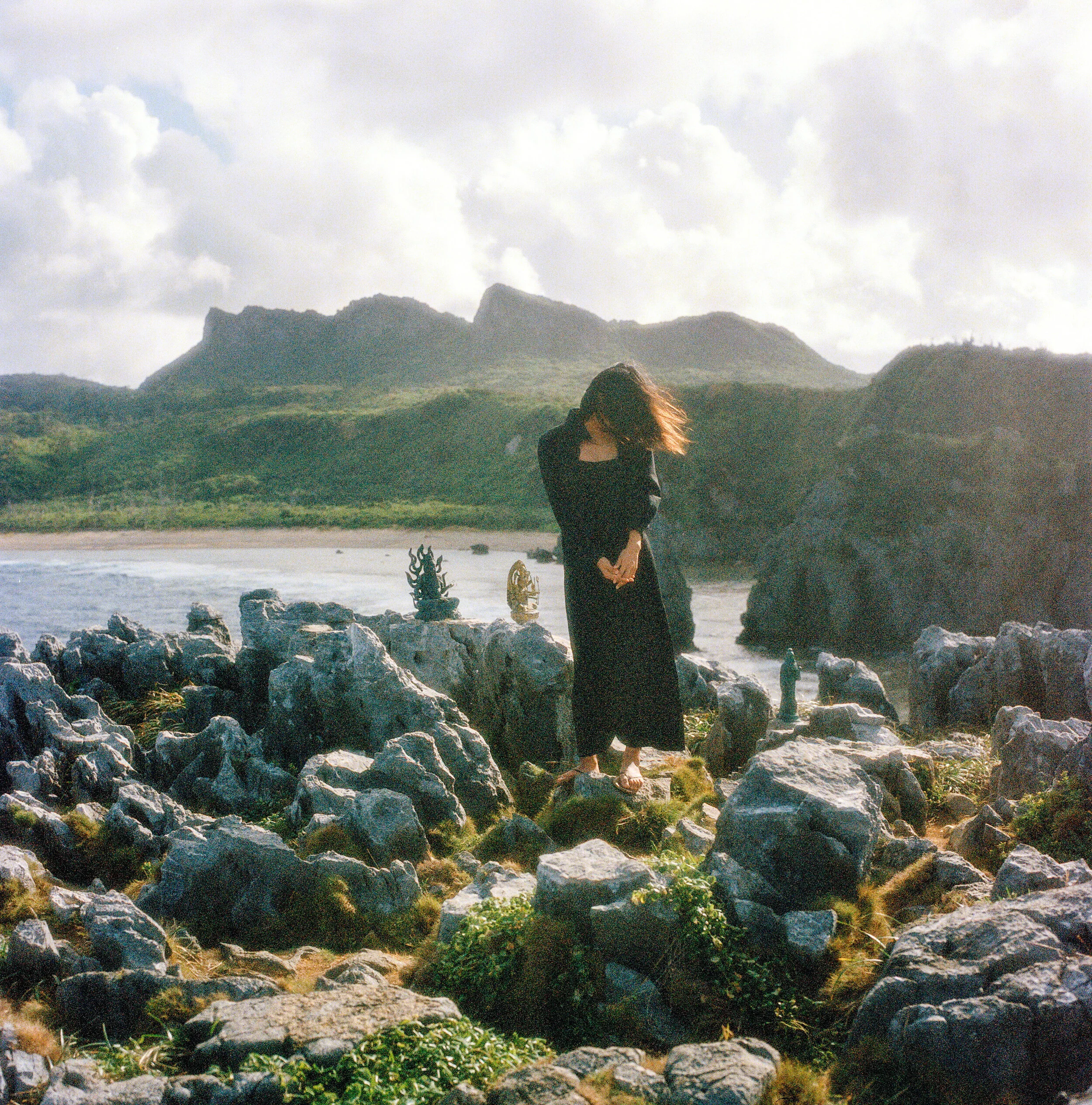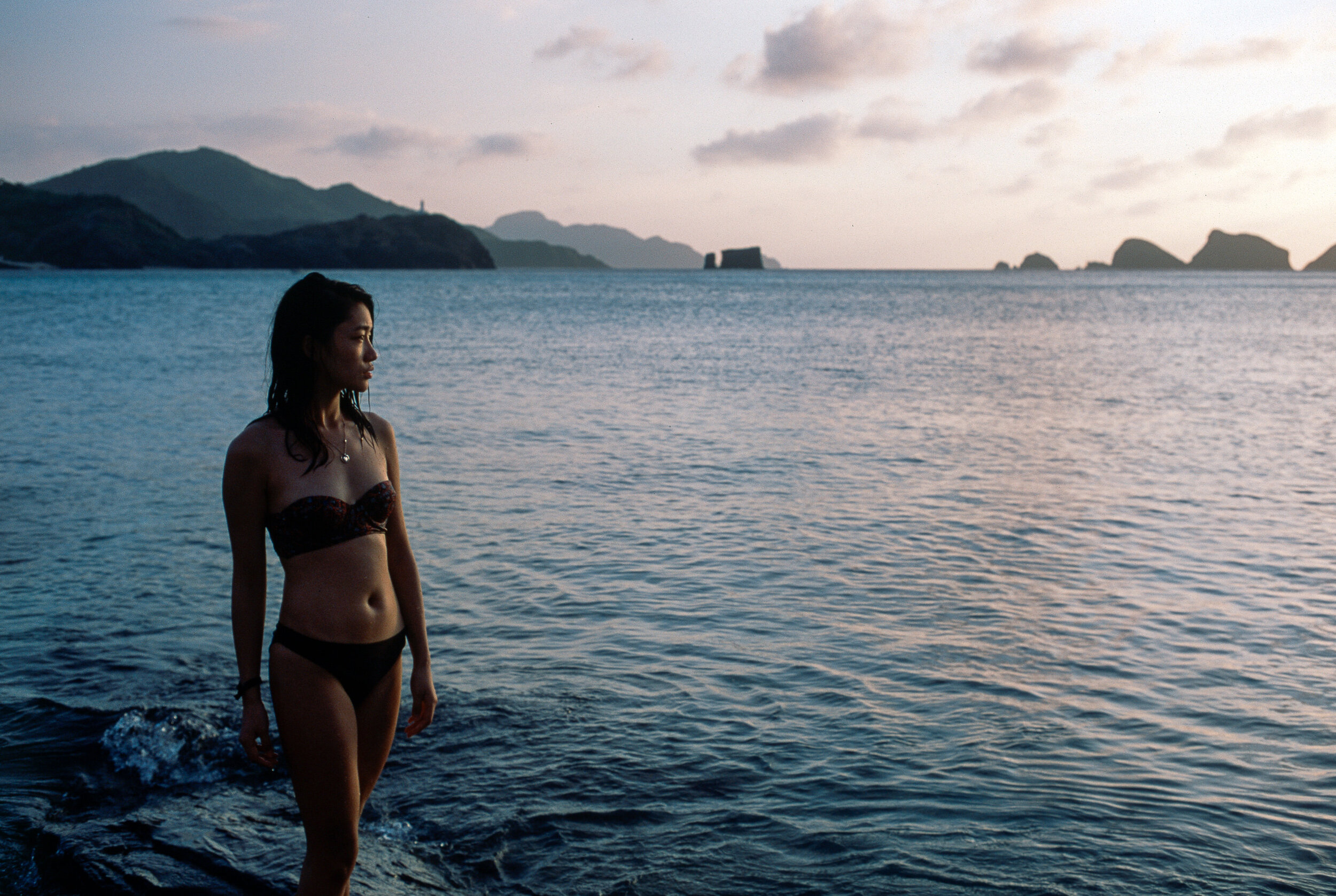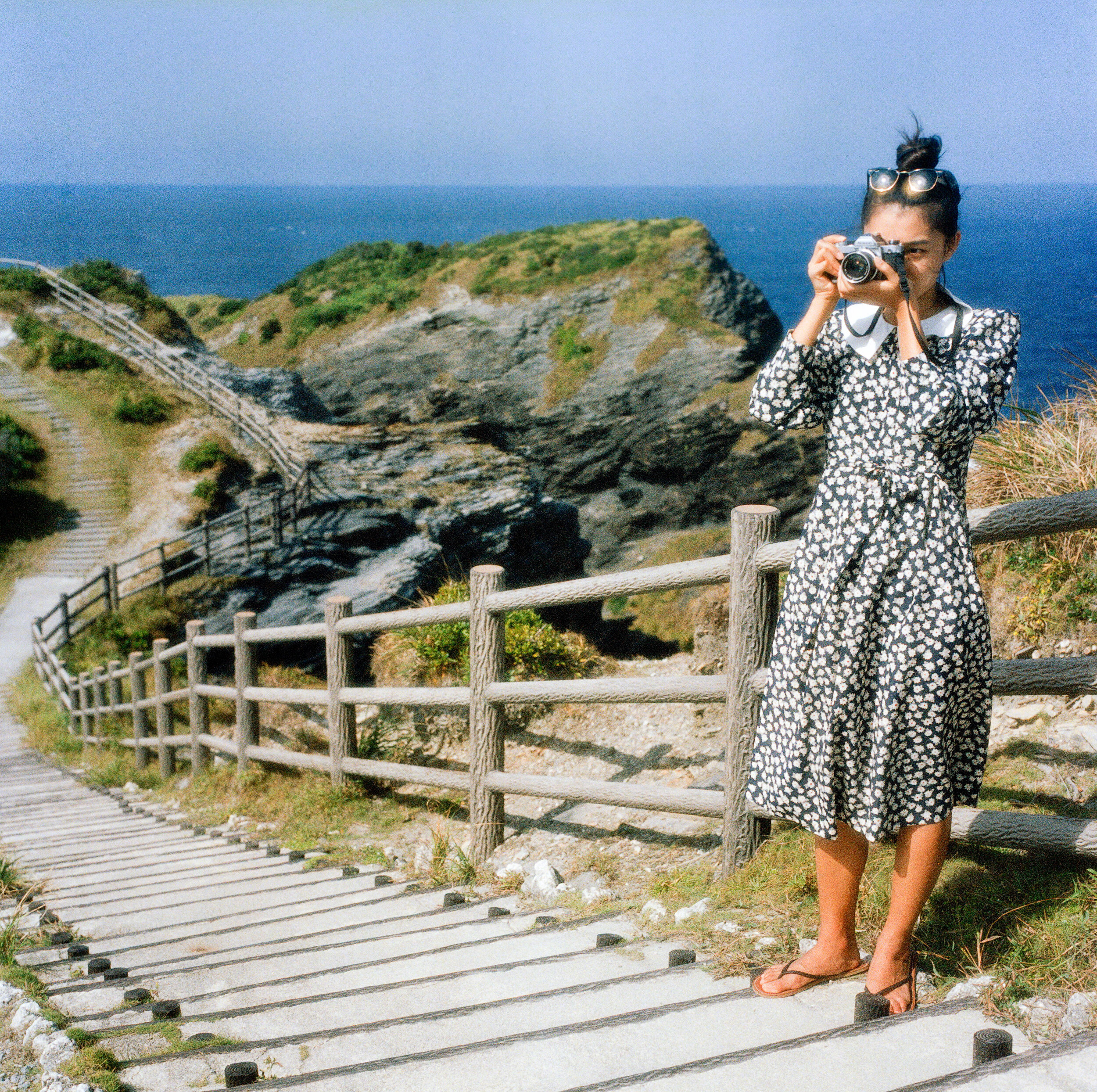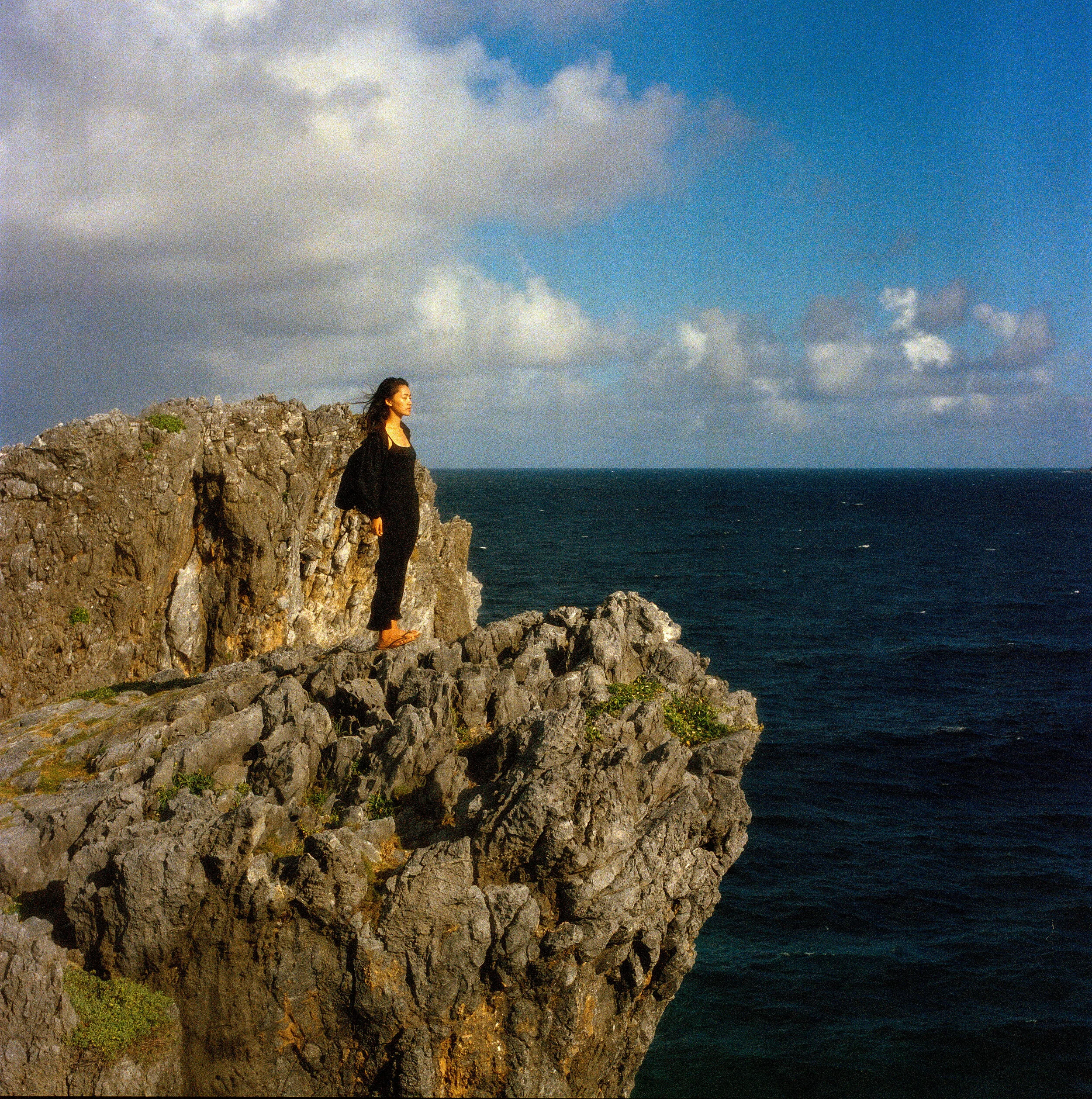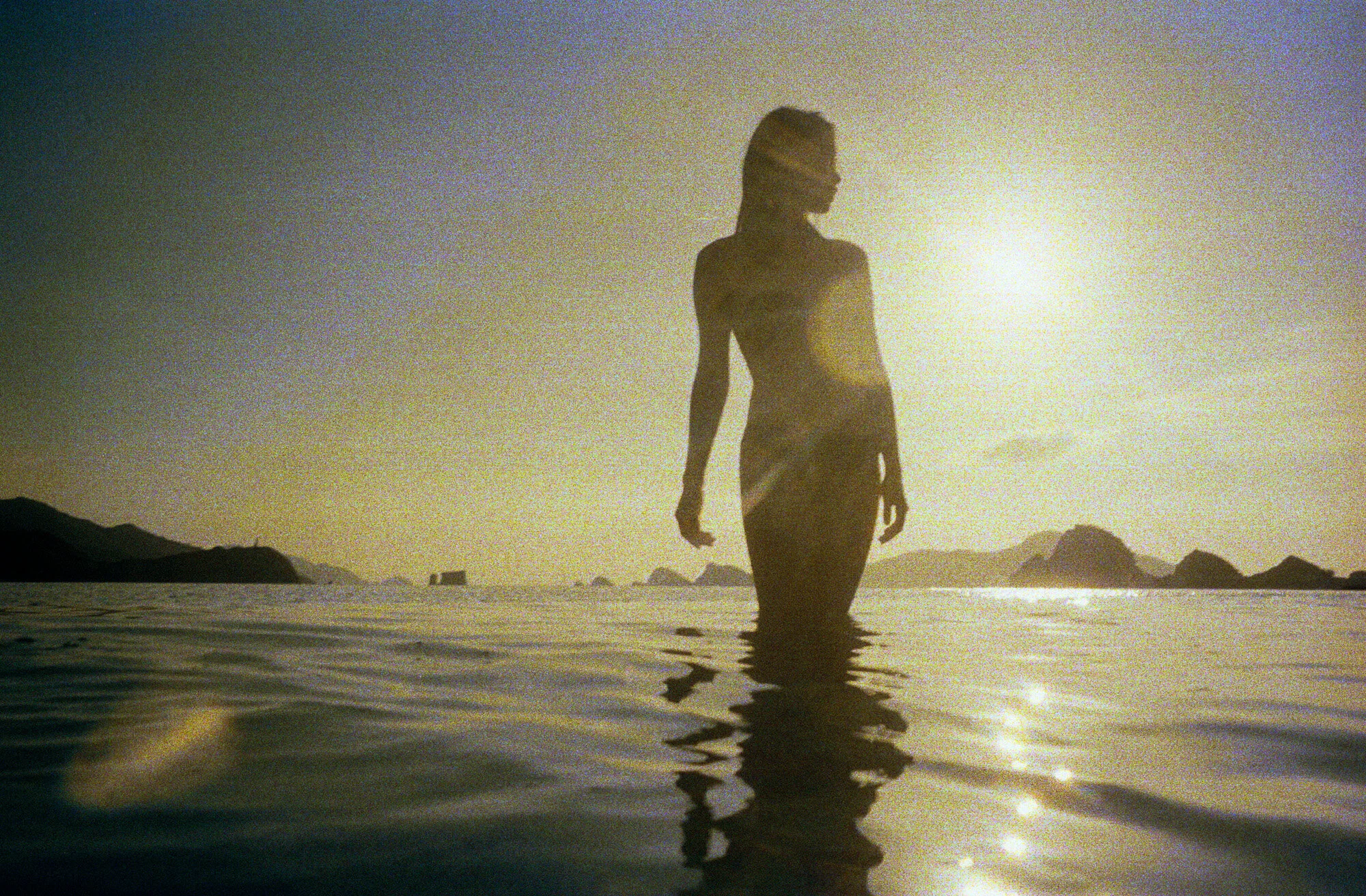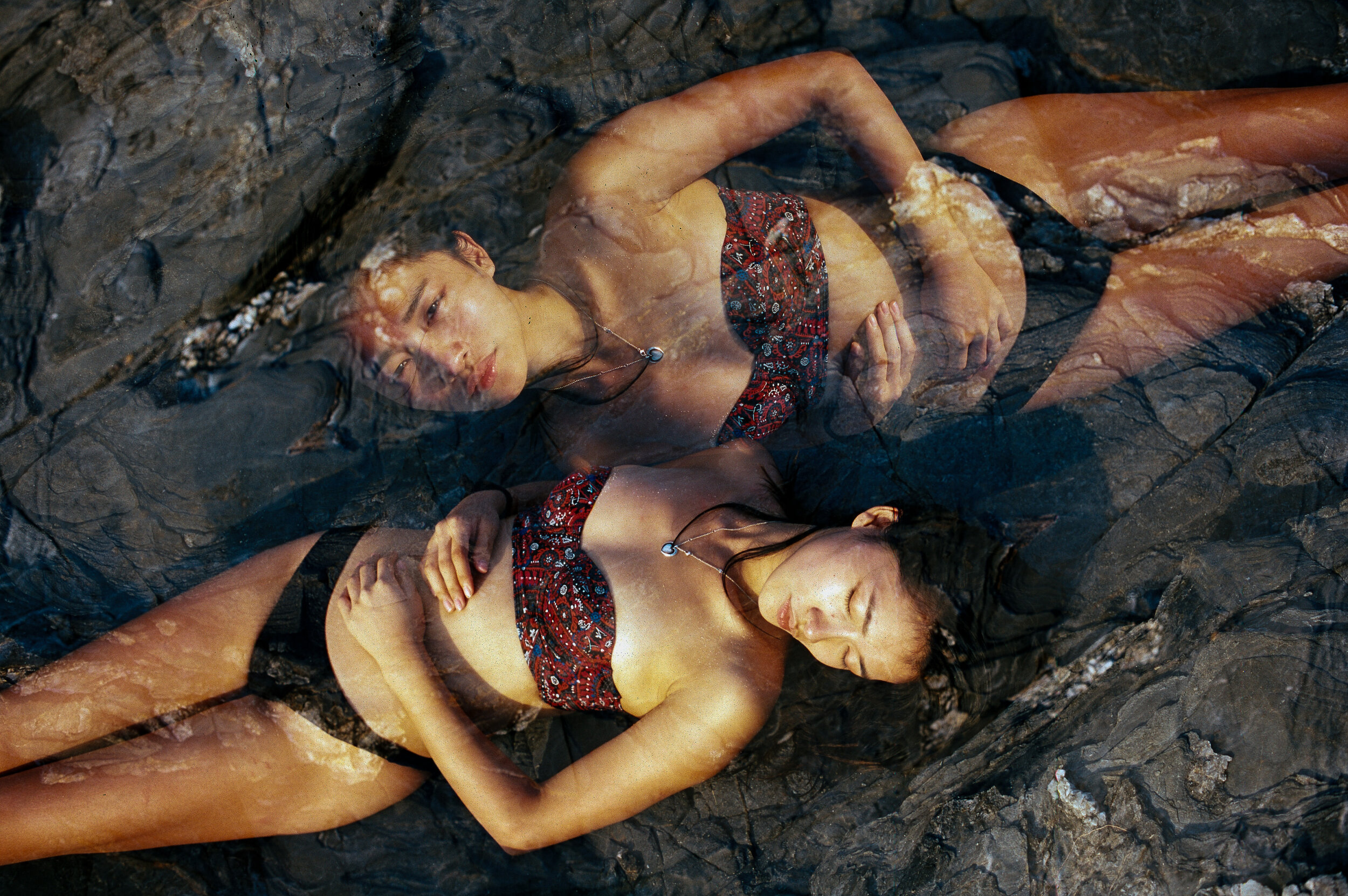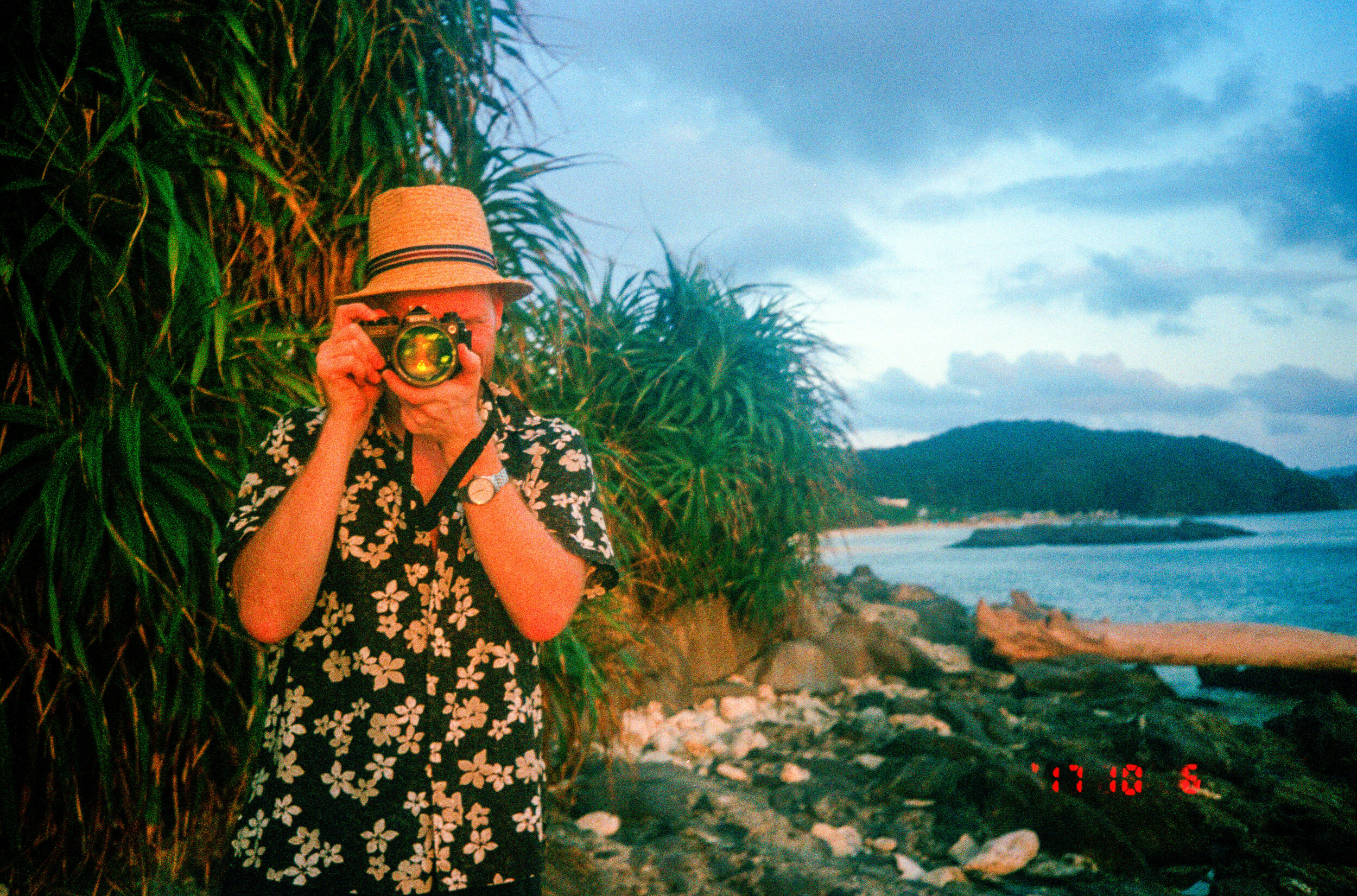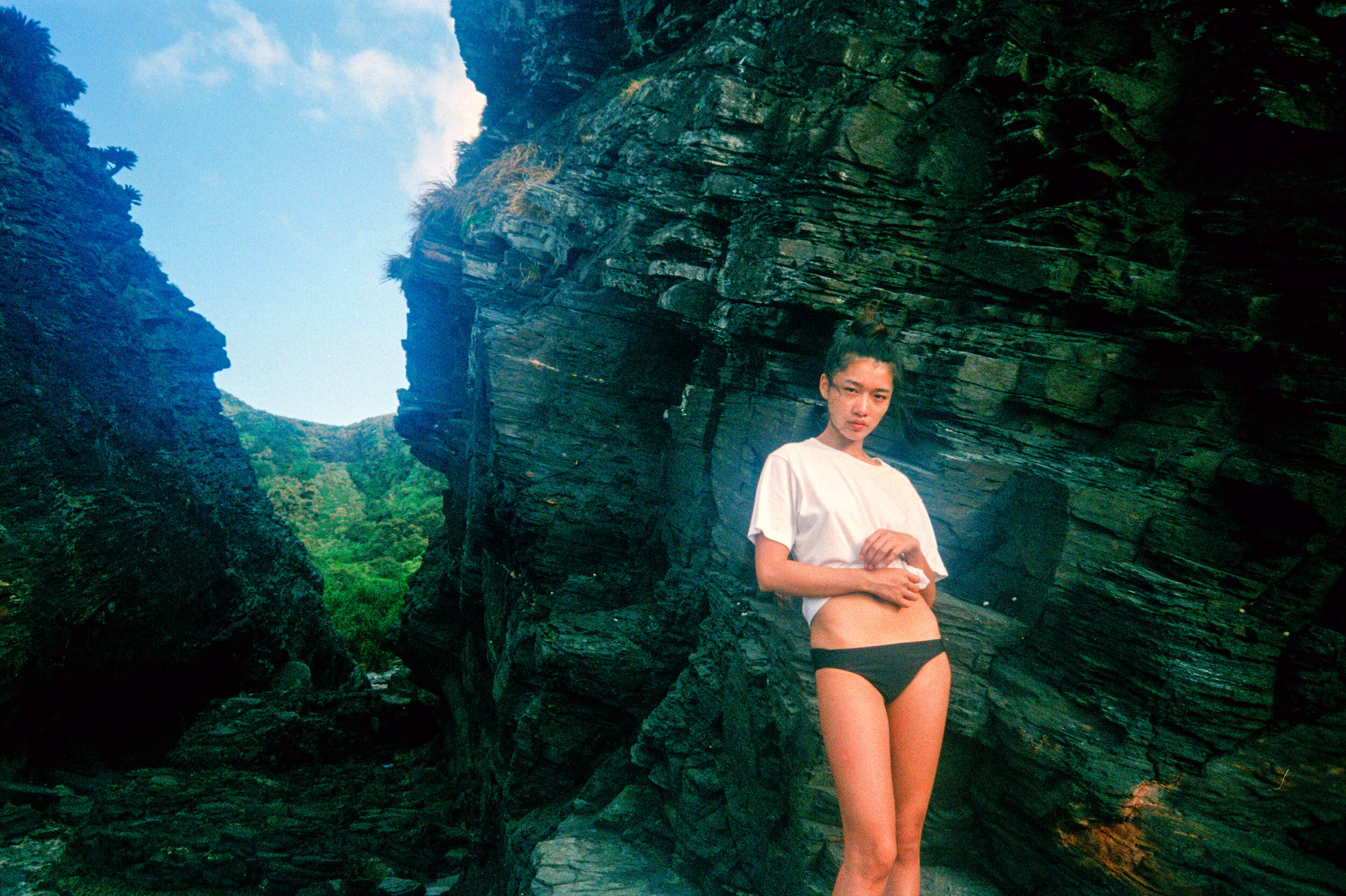So it’s been a little while since I posted anything. It’s not really inclined to look back on things - I’m usually more interested in what I’m doing now and what’s next. However, one aspect of pre-Covid life in Shanghai that I do sorely miss is the ability to travel overseas easily, so I thought I’d return to some photography from beautiful Okinawa back in 2017. Most of these photos feature my wife Vanessa who appears fairly regularly in this blog. Over the course of a week in Okinawa, we spent a few days camping by a beach in the Kerama Islands before returned to the main island, hired a car and drove up the coast to where the South China Sea meets the Pacific Ocean. Besides photographing my family in Australia at Christmas, I suppose photographing Vanessa is my longest ongoing project, I’ve shot thousands of photos of her over the last eight years or so.
Since corporate and commercial photography generally involves shooting and editing such a huge mass of images, it’s a welcome respite to know that I only have 12 shots in a roll if I’m shooting with my Hasselblad 503CX or maybe 38 or 39 shots if I’m shooting with a mechanical camera like a Nikon FM3A. With the Nikon F series of cameras, I can usually sneak a few extra shots by just winding the roll on a little in subdued light before closing the back and shooting a one blank exposure at a high shutter speed to start at ’00’ instead of 1 on the film frame. I’ve also found that Fujifilm’s pro line of films such as Pro 400H or Provia 100F are a little longer in 35mm film than Fujifilm’s consumer line, any Kodak film or even Ilford film, so you can eke a little more out of them . Another thing I like about shooting film is the delayed gratification when I get my scans back from the lab.
In the rare instances that I travel for pleasure rather than work (and the two do tend to blur sometimes), I favour film cameras I feel I’ve been neglecting or have been itching to shoot with. When it came to Okinawa I brought my Hasselblad 503CW and its 50mm, 80mm and 120mm lenses, along with a Nikon FM3A with a Nikkor 45mm 2.8P lens and a Nikkor 85mm 1.4D. Vanessa brought along her Nikon FM with a Nikkor-S 35mm 2.8 lens from the late 1960s or early 1970s and an Olympus mju compact film camera. On top of this we picked up a waterproof Fujifilm disposable camera in Naha. For the sake of brevity I’ll expound a little on the first two cameras I mention here: the Hasselblad 503CX and the Nikon FM3A.
One thing I like about the Hasselblad is that it really slows down my process. I also like shooting with the square 6x6 format, which offers a break from the standard 35mm framing of the Nikon D850 I use for editorial photography, commercial photography and corporate photography in Shanghai and (these days) around China.
Although I have the regular viewfinder, which you put up to your eye like any SLR camera, I shoot with the waist level finder. If you’re new to using this kind of finder, it will take a while to get used to since what you’re seeing is a mirror image. What I like is that it makes me shoot from a lower perspective than I normally do - as I’m quite tall my default perspective is seeing things from above. The Zeiss Hasselblad lenses are all great. My three lenses were made in West Germany and by the look of them, I figured that they were all from the mid-1980s. When I checked, I was right. I probably had too much time on my hands.
Although the Hasselblad lenses aren’t as sharp as the ones for my Pentax 645NII, which is also a much more modern film camera, I prefer the character of them. I still do shoot editorial photography assignments (mainly portraits) on film, for which I’ll usually opt for the Pentax given its ease of use, the fact that its 645 format is ideal for magazine layouts and because I get 15 shots out of a roll of 120 film compared to 12 with the Hasselblad. There is something very satisfying about the ‘plunk’ sound of the Hasselblad’s shutter firing though.
I bought my Nikon FM3A back in 2003 and it although it wasn’t considered one of Nikon’s pro cameras upon its release, I considered it my first pro camera. It was the main camera I used on my trip to Sierra Leone in 2004 - my first real crack at trying to be a photojournalist. I’ll have to drag some of those photos out of the archive some day.
In case you don’t know, the FM3A was the final high-end camera in Nikon’s F classic line of mechanical film cameras. It’s basically a hybrid of the Nikon FM2 and the Nikon FE2 (the ‘M’ meaning mechanical shutter and the ‘E’ meaning electronic shutter). Many consider it the best camera of its type ever made. Mine is about as beaten up an example as you’ll find. Back in 2017, this camera was working fine, but it’s now in need of a service since the meter and auto exposure function seem to be on the blink. Nevertheless, I shot a roll with the camera last weekend. The beauty of the FM3A is that it will fire at all of its shutter speeds from 1 second to 1/4000th of a second without batteries. My black model came with a 45mm 2.8 pancake lens, which as the name suggests is quite flat - just 17mm without a hood or filter as well as sharp and contrasty too. The Nikkor 85mm 1.4D has a deserved reputation as a great portrait lens.
On top of this I brought a grab bag of film: A mixture of medium format Kodak Portra 400 and 160 NC and VC, which expired between 2007 to 2009, some Fujifilm Pro 400H, Provia 100F slide film and a few rolls of Agfafilm Vista 400, which was then a cheap colour negative also made by Fujifilm. I’ll usually just stick to one kind of film for a project, but in this case I thought I’d mess around with different emulsions for future reference.
The old Portra had been spent its life in as fridge at as photography studio in Shanghai, so it didn’t have issues with mould that some film gets from lying around in Shanghai’s heat and humidity. It had definitely degraded over time though. Mainly, it had only lost some sensitively to light and the grain had become more pronounced. I didn’t mind its look though and best of best of all, it was free. I had about 75 rolls of the stuff that I tended to rate at around 100 ASA. Alas, I’ve now shot all of it. You can really see the difference when you compare it to the comparatively fine grain accurate colours of the Pro 400H, which has sadly been discontinued. Strangely enough, my 35mm shots with this fresh film were sharper than the ones on medium format, bearing in mind the sharpness is bourgeois concept. Provia 100F is one of my favourite films and I’ve been shooting some of it lately when I’m out wandering around different parts of Shanghai with my Hasselblad Xpan. I’ll save some of these new shots for a later post. Vista 400 was my film of choice for point and shoot cameras and I also used it for the bulk of my project on the Yangtze, that I might return to next week if I get the chance to leave Shanghai for Hubei Province.
Anyway, here are some memories from Okinawa. Maybe someone will be able to pick the cameras and emulsions. Hint: the only camera I didn’t include in the gallery below was the Nikon FM, although Vanessa took some nice shots with it.
